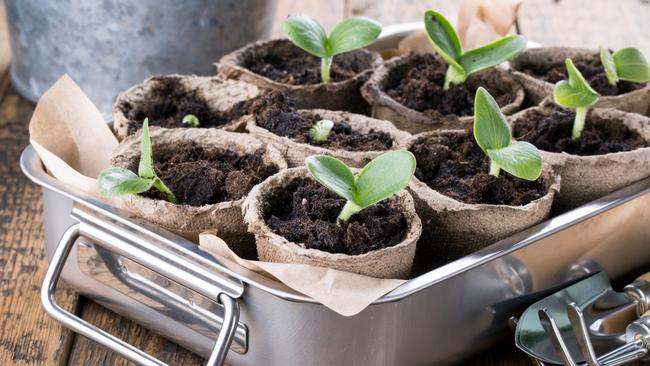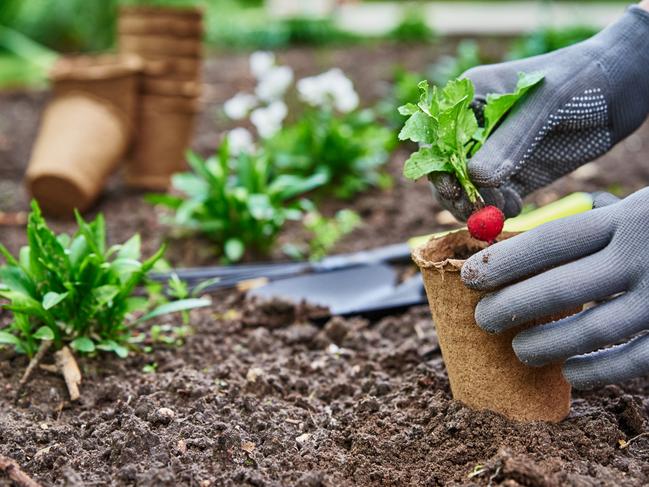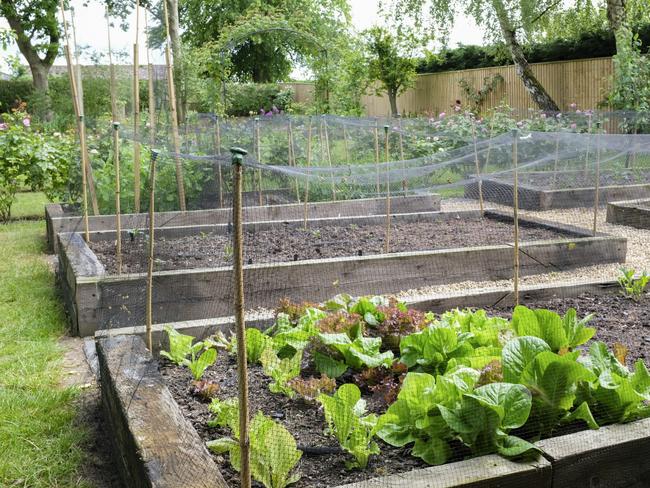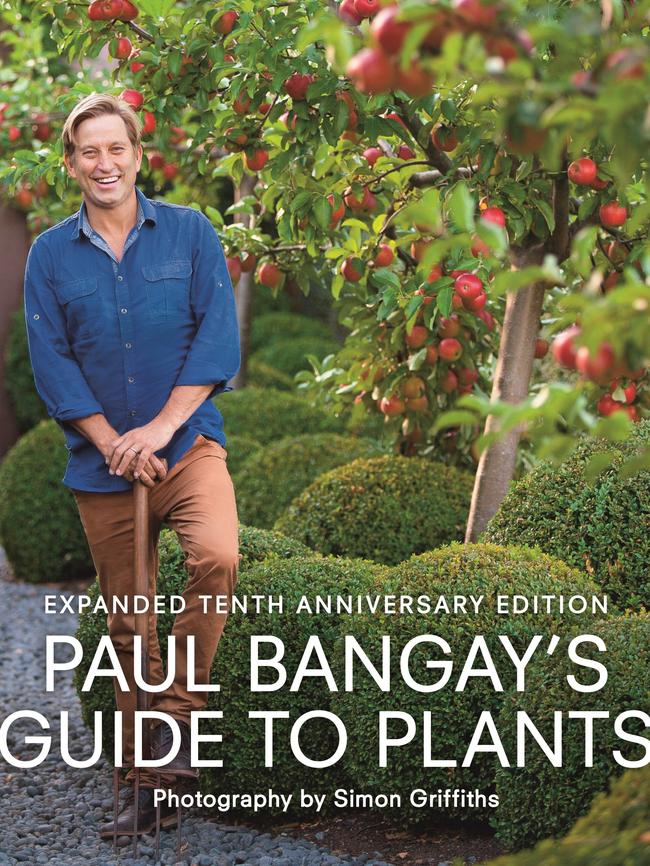Spring: a gardening guide
Spring’s just around the corner, so prepare to get busy in the garden. But what should you grow as the weather warms?

It’s time to start planning and planting your spring and summer vegies. Think tomatoes, basil, chillies and capsicums, beans, corn, cucumbers, zucchini and squash. In the coldest areas, you might only be sowing seeds to sprout on a sunny windowsill until it gets warmer, but in frost-free areas you can think about planting over the next few weeks. Ideally the soil temperature will have reached about 16C.
What you grow depends on your climate, how much space you have and what you like to eat. Where space is limited, or you want a quick gap-filler, crops with a fast turnaround are most productive. These include lettuces and other salad greens, Asian greens before the weather gets too hot, radishes, bush beans and spring onions. Herbs such as basil and parsley are fast, too. Crops that take much longer to grow but keep providing harvests for months include tomatoes, eggplants, capsicums and chillies, potatoes, sweet corn, zucchini, squash, pumpkins, cucumbers, sweet potatoes and melons. Sweet corn needs to be planted in blocks of at least a metre square so the cobs can be wind pollinated successfully. Zucchinis can sprawl over several metres, and pumpkins and melons can take over the whole garden, so allow these plenty of room to spread. Cucumbers and climbing beans are easiest to manage when grown on a tepee of stakes or a frame.

Dwarf varieties are ideal for growing in small spaces and pots. Look for mini tomatoes, cucumbers, eggplants and zucchini, often marketed as “patio” or “container” ranges. Salad and Asian greens, herbs, spring onions and bush beans are great for pots.
Fruit flies have a big impact on what you might grow. They can ruin entire crops of tomatoes, capsicums and larger chillies when adult flies inject eggs into ripening fruit so the maggots develop unseen inside. Control is a battle; fine mesh exclusion cloth and bags are best. Cherry tomatoes are less affected than other tomatoes because of their tougher skins.

You can plant seeds or seedlings. Punnets of seedlings give you a solid head start and are easier for beginner gardeners. However, seeds are much cheaper; you might even have saved your own from last year or been given some. There’s also a much wider variety of each vegetable available in seeds, plus interesting heirloom and unusual vegetables to try. Note that some vegies grow best from seed because they resent transplanting, even of tiny seedlings. These include carrots, radish, beetroot, rocket and coriander. For these, sow seeds directly where the plants are to grow.
Choose the sunniest spot you have – at least six hours of sun daily is the aim. In part shade, stick to leafy crops that don’t produce a “fruit”. Prepare your soil by adding goodies such as compost, worm castings, manures, rock dust and organic-based fertiliser.
Growing vegies in large pots, containers and raised beds has many advantages over garden beds. There’s no root competition, drainage is excellent, you can use the best quality potting mix or soil, you can place containers in the sunniest and warmest spots, and access is easier with less bending required. Additionally, they’re safer from dogs, cats and rabbits and easier to cover against marauders such as birds and possums.
Good to know
Keep vegies growing rapidly with fortnightly doses of liquid fertiliser
Use only certified organic products to treat pests
Organic seeds, seedlings, potting mix and fertilisers are readily available
Q&A
I plan to replace two climbing roses, having improved the soil with cow manure and compost. Is there such a thing as “rose sickness”? John, by email
Rose soil sickness or replant disease is a recognised but poorly understood syndrome where newly planted roses fail after replacing other roses in the same spot. A build-up of soil pathogens is suspected. The only cure seems to be replacing the soil in the planting area.
How can we get rid of nematodes? They’re infesting all our vegies and nothing thrives. Lorraine Smith, by email
Root knot nematodes infest many plants including the tomato/potato family, brassicas, cucurbits, carrots and parsley, especially in warmer areas with sandy soils. The invisible eelworms cause knots or warts on the roots and weaken plants. There are no chemical controls. Destroy affected plants and sterilise tools. Crop rotation is essential. Add organic matter to encourage defensive microorganisms. Marigolds help repel nematodes, as does mustard grown as a green manure crop and dug in.
What fast, tall native tree or shrub would tolerate close proximity planting to provide screening and privacy? Flowering would be a bonus. Peter Calverley, Sydney
Lillypillies such as Acmena smithii ‘Minor’ or Syzygium luehmannii make a dense, tall hedge and are fairly pest-free. In sun, use Callistemon ‘Slim’, an upright bottlebrush to 3m, or coastal tea-tree, Leptospermum laevigatum. Blueberry ash (Elaeocarpus reticulatus) is a 6m-tall, slender, local native that can be grown in a close row but is not as fast. It has pretty spring flowers and, like lillypillies, has bird-attracting fruits.

Send your questions to: helenyoungtwig@gmail.com or Helen Young, PO Box 3098, Willoughby North, NSW 2068. The best question for August wins the newly released Paul Bangay’s Guide to Plants ($60) plus Stonefields By the Seasons ($60)




To join the conversation, please log in. Don't have an account? Register
Join the conversation, you are commenting as Logout